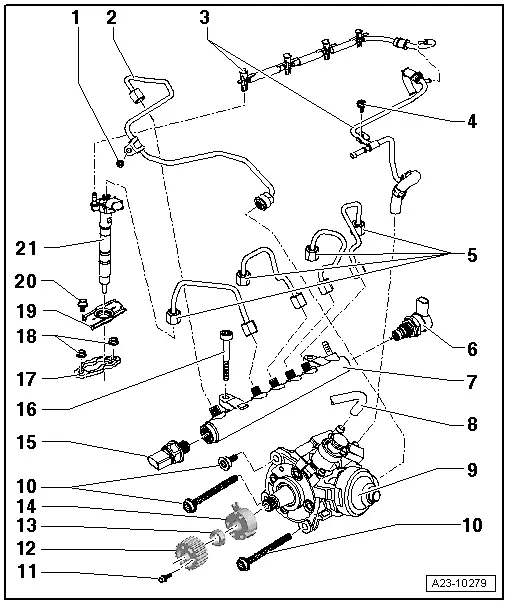jackouk1337
Registered User
- Joined
- Aug 9, 2017
- Messages
- 6
- Reaction score
- 1
- Points
- 1
Hi all,
Cannot find this either on the internet or using the forum search function. Does anyone know the torque needed for the 2x nuts that clamp the injectors down? They are only 10mm nuts which is strange considering they need to hold the entire force of combustion! I've gone to 18nm but don't want to push them further.
Thanks!
Cannot find this either on the internet or using the forum search function. Does anyone know the torque needed for the 2x nuts that clamp the injectors down? They are only 10mm nuts which is strange considering they need to hold the entire force of combustion! I've gone to 18nm but don't want to push them further.
Thanks!



